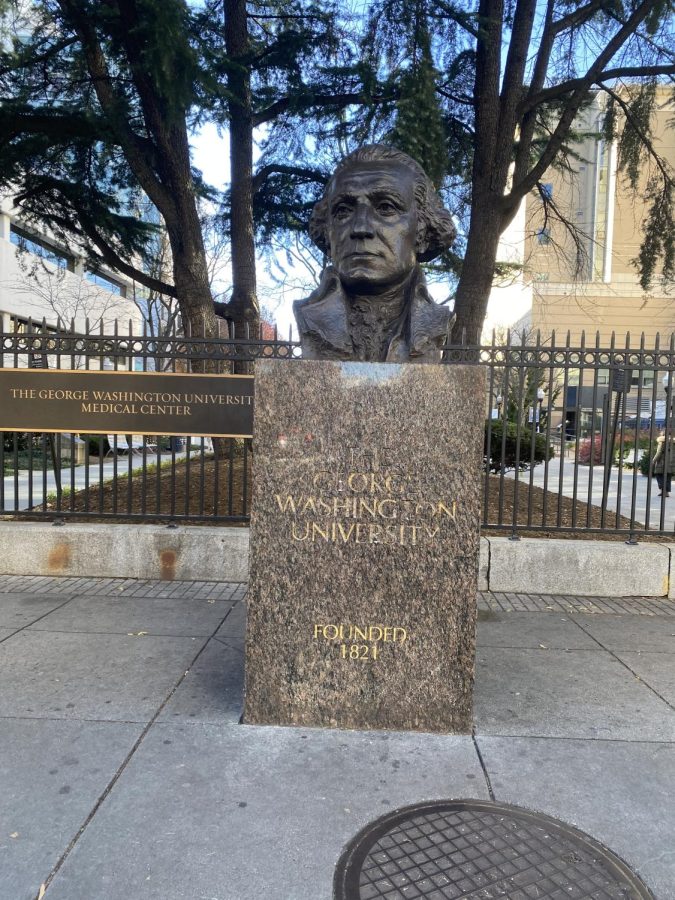College visits: Are they worth it?
Photo by Charlie Jeckell
Photo taken during a college tour at George Washington University
At the start of junior year, students at WHS are already stressed enough with classes and being a junior brings the stress of starting to pick colleges. Junior year is a time to start visiting colleges and showing demonstrated interest in these schools.
According to scholarships360.org, intended interest is how a college assesses how interested a student is in attending a school. It is becoming an important part of admissions in the country and it may weigh into a student’s application. Ways to show intended interest include applying early decision, doing interviews, optional essays and contacting admissions representatives.
Counselor Andrew Buckner said that “there is nothing that can replace an actual on-campus visit. If you can get out to a school it would definitely be beneficial.” While not all schools consider intended interest, a lot of schools keep track of students involved with recruiting information and that can have weight in the application process.
Many students use college tours not only to show intended interest in the school but also to get a feel for the school. Purdue freshman Samantha Smok said, “I would go on the tour because part of my decision was to look at the campus, so if someone is guiding you, it’s definitely helpful.”
Tours also help a person find out about the students at the school and its environment. Delaware commit Olivia Williamsen said, “Going on the tours affected my application and the process. You should definitely go on tour to get the environment, especially with the other students that are there to get the vibe.”
While virtual tours are available and information about the school is online, Williamsen recommends an in-person visit. “Looks can be deceiving,” Williamsen said.
However, Smok said it’s important to remember that “a student will not be able to learn everything from a tour.” Smok said, “I recommend getting to know a student that goes there because they can tell you the bad things about a college too. [Tours] tell you the best things, but a lot of those things aren’t available to freshmen yet, since the upperclassmen have priority on most things.”
One of the downsides to visiting a college is the cost of a tour. According to collegefinance.com, a tour can be around $2,000, including travel, food and housing. Prices on a tour can include hotel rooms, campus parking and meals on and off campus.
One of the most expensive parts of a tour is the bookstore, where families buy merchandise from the school. The National Association of College Stores makes around $2.4 million in sales every year from purchases. Other costs on a tour could include extras at the campus, such as attending a football game or other events. Ways to help with the cost of a tour is to integrate them into a vacation, or visit colleges closer to where a student lives.
The cost of tours can be too much for families, or a college can be too far away to be able to attend a tour. There are other ways to show interest in a school. “Follow colleges on Twitter, follow them on [Instagram]. They’re posting all that stuff [on their pages]. Almost every admissions page there will have something that says if you’re interested click here for more information and you’ll give your email and get on their mailing list,” Buckner said.
He also recommends attending the college fair that WHS offers in the spring, where students can get additional information about schools that attend the fair.

